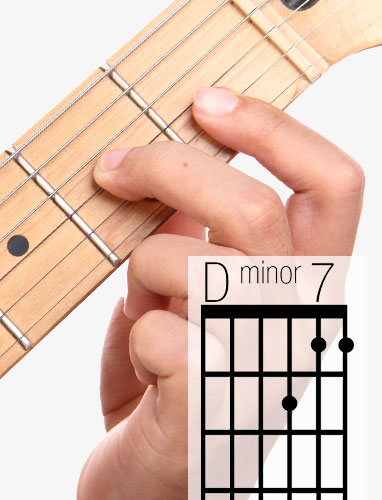

Moving to our first inversion, we now have the sequence of notes E, G, and C forming our triad. For instance, if we take our C major triad, we have the notes in sequence C, E, and G this is known as the root position. That’s all there is to it!Īs you may know, inversions involve changing the sequence of the voicings within a chord. If, however, there is no number present, then that typically implies that we’re starting from the open note position. The number indicates our starting fret for playing our chord. Off to the left, there may be a number present. An “X” indicates that you’re to not play this string to complete the chord. An “O” indicates you’re to play an open note (a string to be played but not fretted). On top of our fretboard, depending on the chord, you might see an “O” or an “X”. It isn’t easy at first but given time and practice, you’ll be able to play these a lot easier. To form a barre, you’re to drape your index finger over a grouping of strings along an individual fret and apply pressure. In some cases, however, you may notice two numbers with a long bar stretching across.

Finally, the number 4 is for our pinky finger. These numbers help us figure out where our fingers are to be placed on the fretboard to complete our chord. On some of the frets, you may notice a circle containing a number anywhere from 1 – 4. Each horizontal line, however, is what separates one fret from the next. From left to right we have our low E, A, D, G, B, and high E strings. Each vertical line represents a different string on the guitar. However, it’s actually easier to learn than it might appear! Let’s first bring our attention to the big rectangular box, housing a bunch of horizontal and vertical lines. If you’re new to chord charts, it might be a little overwhelming to look at, at first glance. Fm guitar chord diagram from the eighth fret position. So let’s run through some of our different variations:įm guitar chord diagram from the open note position.įm guitar chord diagram from the fourth fret position. We all have our favorite chords, and there are really no right or wrong answers here. Third, it might come down to the particular voicing of the individual notes within the chord, which may sound better! Finally, it may just come down to personal preference. Why play a chord on the 7th fret while the rest are near the open note position? Second, it may come down to your playing ability, as some chords are easier to play than others. First, it may be because it fits better with the other chords within the chord progression. You may choose to play a chord variation for a few different reasons. In this case, we’re talking about the latter, which are the different ways of playing the F minor chord. etc.), or a completely different way of playing the same chord. So, what are variations and why play them?įirstly, chord variations can mean one of two things: The type of chord (major, minor, diminished. We’re not talking about inversions here, but rather, variations, which are slightly different. The really cool thing about the guitar, compared to the piano, for instance, is the number of ways you can play the same chord.
#All the ways to play fminer chord on guitar how to
Curious? Let’s dive in! How to Play the Fm Chord As you read on, we’ll cover how this chord functions, how to play it, and how you can fit it into your own chord progressions. Slipping in minor chords such as this can be an excellent way of helping convey more emotion within a chord progression, like telling a story. If you’re looking for moody melancholy chords to spice up your chord progressions, look no further than your F minor guitar chord, or just “Fm” for short.


 0 kommentar(er)
0 kommentar(er)
